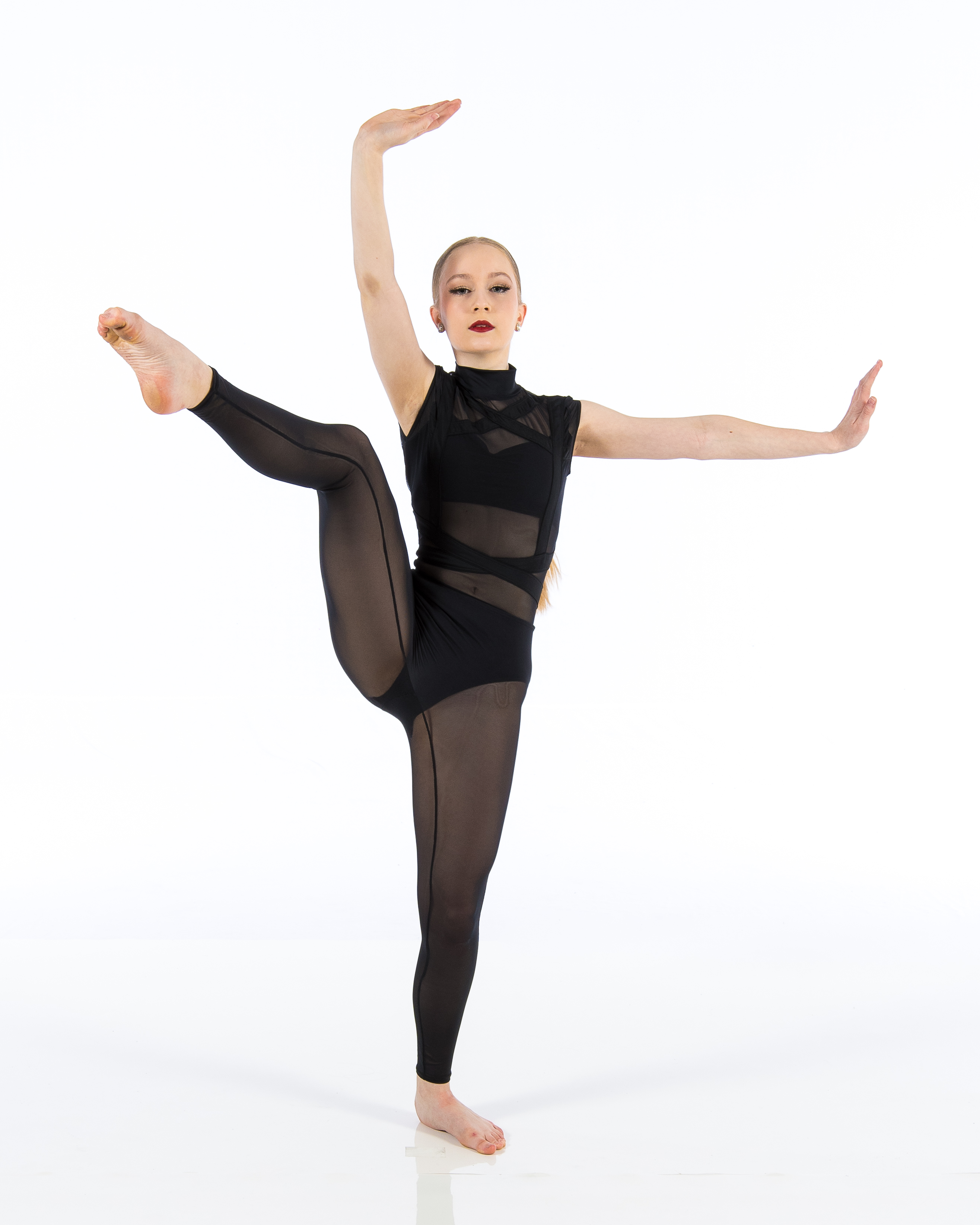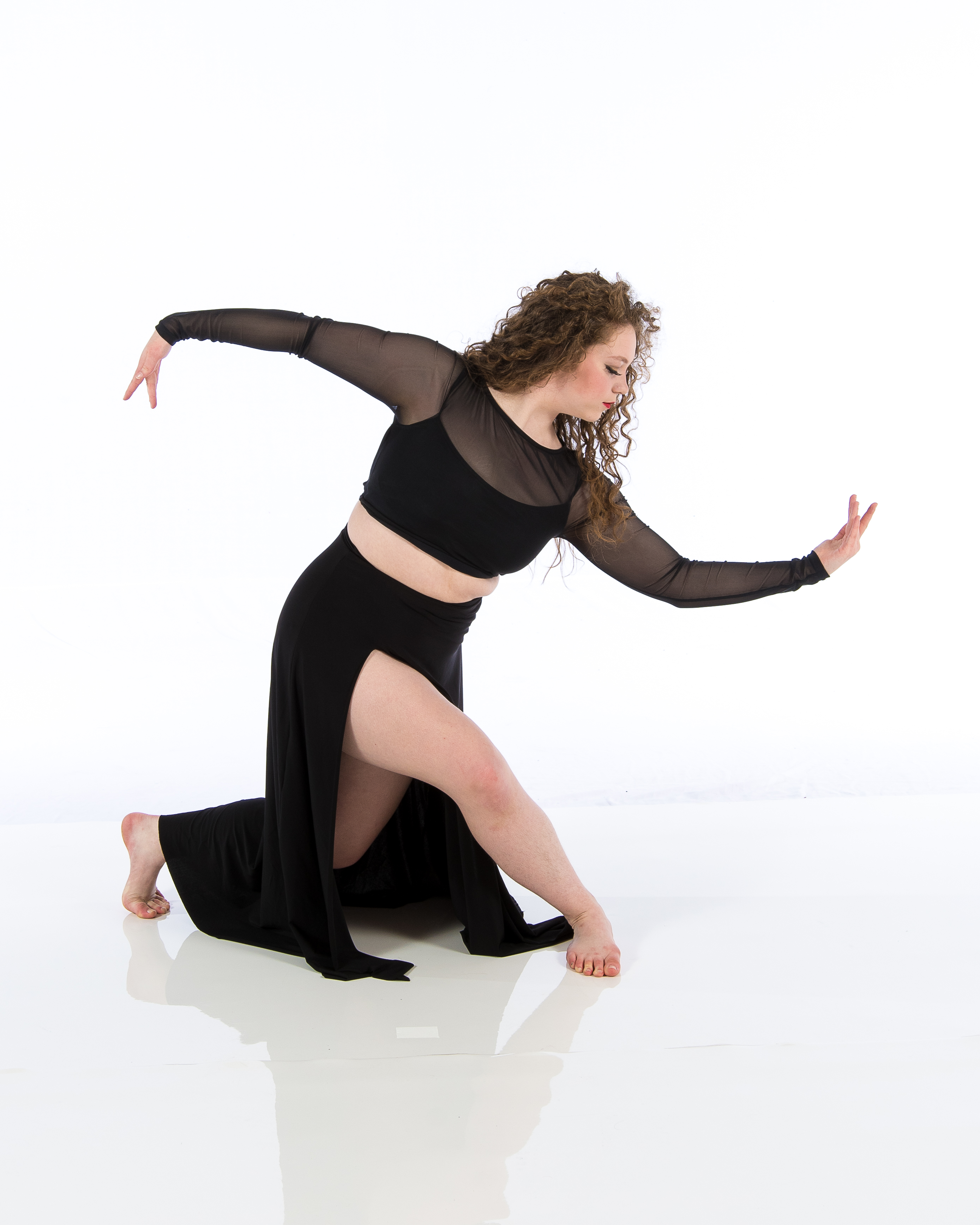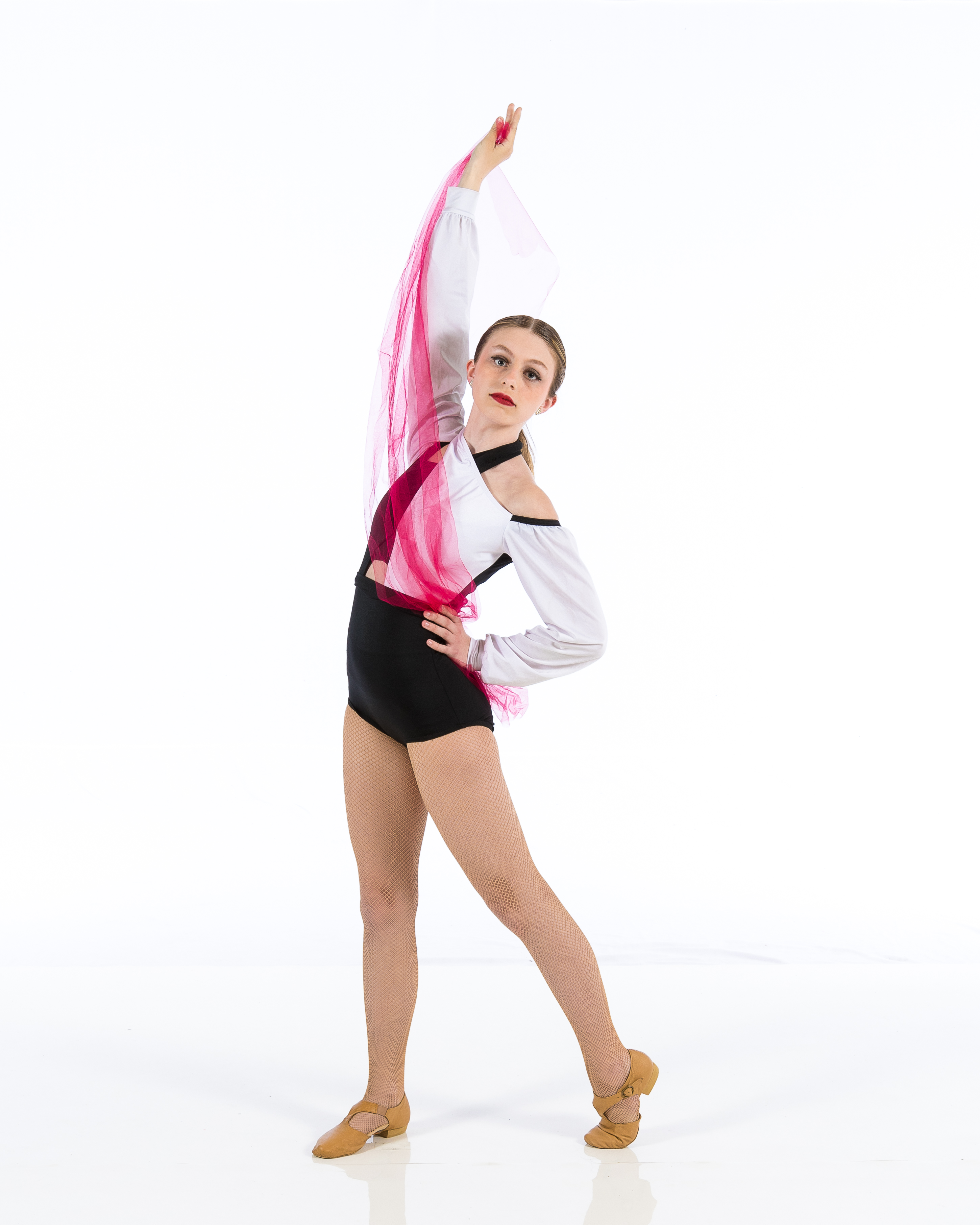Introduction
Dance is an art type that transcends barriers, unites communities, and ruptureds with the vigor of human expression. Whether you're a budding dancer entering a dance studio for the very first time or an experienced entertainer seeking to improve your craft, understanding dance studio rules is crucial for making sure a positive experience. This substantial overview titled From Beginner to Professional: Navigating Dance Studio Etiquette for an Unified Experience will certainly take you through every element of dance studio actions, providing understandings that will certainly raise your experience and foster more powerful connections within the dance community.
Understanding Dance Studio Etiquette
What is Dance Studio Etiquette?
Dance studio decorum refers to the set of rule of thumbs and social norms that govern actions in a dance classroom setting. Much like any type of various other creative atmosphere, appreciating these standards can improve not only your learning experience yet likewise that of your peers.

Why is Dance Studio Decorum Important?
Adhering to proper etiquette helps develop an atmosphere of regard, focus, and collaboration. It promotes a sense of community and enables professional dancers to support each various other in their growth while lessening disturbances throughout class.
From Beginner to Professional: The Relevance of First Impressions
Preparing for Your Initial Class
Walking right into a dance studio for the very first time can be stressful. To make a remarkable first impression:
- Dress properly: Use comfy attire appropriate for the kind of dance you're studying. Arrive early: Objective to get to the very least 10-- 15 mins before class begins. This gives you time to sign in, warm up, and resolve in.
Greeting Your Instructor
A friendly greeting collections the tone for your experience. Always present yourself if it's your first-rate! A simple "Hey there" or "Good morning" can go a lengthy means in establishing rapport.
Classroom Conduct: The Do's and Do n'tshtmlplcehlder 46end.
Do's: Positive Behaviors
Be Respectful: Respect every person's personal area-- specifically when practicing moves. Listen Actively: Show listening when teachers are speaking; it reveals you value their guidance. Support Your Peers: Encourage fellow dancers; positivity types encouragement.Don'ts: Unfavorable Behaviors
Avoid Disturbances: Keep personal discussions outside the classroom. Don't Usage Your Phone: Silence your phone during course; it's disruptive. Refrain from Interrupting: Wait until the teacher finishes prior to asking questions.The Function of Personal Space in Dancing Studios
Understanding Boundaries
Personal area differs from person to person, especially in a dance setup where physical closeness is usually necessary throughout method routines.
Communicating Comfort Levels
If you really feel unpleasant with just how close one more dancer is getting during partnered exercises or developments, it's essential to interact this nicely and professionally.
Maintaining Expertise: Outfit Code and Grooming
Importance of Correct Attire
Each dancing design usually has its own gown code-- whether it be leotards for ballet or baggy clothes for hip-hop courses-- adhering to these criteria shows regard for both your craft and your instructor.
Personal Hygiene Matters
Dancing needs physical effort, which can bring about sweat. Ensure you preserve great health by showering before class and putting on tidy attire.
Behavior During Course: Focusing on Learning
Engaging with Instruction
It's vital to remain concentrated during demos. As opposed to simply enjoying, actively involve by picturing just how you would certainly implement each movement.

Asking Questions Appropriately
Curiosity boosts discovering! If something isn't clear, feel free to ask concerns-- yet ensure they matter and presented at ideal times (ideally after guidelines).
Feedback: Embracing Useful Criticism
Accepting Responses Gracefully
Constructive objection is component development in any kind of art type. Embrace feedback with an open mind and avoid coming to be defensive; keep in mind that critique aims to aid enhance your skills!
Offering Feedback Thoughtfully
When giving comments to peers, ensure it's useful as opposed to important; focus on what they succeeded alongside areas for improvement.
Creating Consistency Through Teamwork
The Importance of Team Spirit
In many dancing designs, team effort plays a pivotal duty; creating camaraderie with fellow professional dancers results in improved performances.
Collaborating During Team Exercises
When associated with team tasks or choreography methods, urge creativity by appreciating every person's concepts while additionally contributing your own constructively.
Handling Problems Gracefully
Addressing Disputes Maturely
Conflict might arise as a result of misconceptions or differing opinions on choreography selections. Deal with these concerns privately as opposed to publicly broadcasting complaints which could disrupt class harmony.
Seeking Mediation When Necessary
If conflicts intensify past personal resolution initiatives-- look for support from instructors that can moderate effectively based upon their experience handling comparable situations.
Post-Class Decorum: Leaving on a Good Note
Thanking Trainers After Class
Always share thankfulness towards your teacher after lessons; this reinforces positive connections while acknowledging their difficult work!
Keeping the Workshop Clean
Whether it's picking up water bottles or neatly arranging props post-class-- preserving cleanliness lionizes for shared rooms made use of by all dancers!
Engaging Beyond Class Time: Structure Area Relationships
Joining Social Events
Participate in social events organized by workshops such as showcases or open homes-- these celebrations supply possibilities for networking while boosting community ties outside organized lessons!
Supporting Other Dancers' Performances
Attending peers' efficiencies demonstrates uniformity within the dancing area-- it urges involvement beyond plain participation at classes!
Frequently Asked Questions (FAQs)
1. What must I use for my very first dance class?
Pick comfortable clothing appropriate for the particular design you're taking (e.g., leotards for ballet). Constantly inquire about outfit codes beforehand!
2. Is it all right to speak throughout class?

3. Just how do I handle sensation overwhelmed?
Take deep breaths & & remind yourself that every dancer began someplace! Interact any kind of struggles with teachers who might supply additional assistance if needed!
4. Suppose I differ with choreography choices?
Express concerns respectfully either privately or within marked feedback sessions instead of openly critiquing throughout practice sessions; preserving professionalism and trust aids settle disputes Dance Classes amicably!
5. Need to I bring water right into the studio?
Definitely! Remaining hydrated improves efficiency degrees; simply make sure containers are securely closed so spills don't happen on floorings where others are dancing!
6. Exactly how crucial is punctuality?
Preparation is critical as arriving late interferes with focus levels while creating diversions; objective constantly show up early sufficient allowing time workout effectively before courses commence!
Conclusion
Navigating through a dance studio atmosphere can seem daunting in the beginning glance however understanding appropriate decorum ultimately changes one's trip from amateur status towards professional level creativity! By sticking very closely established behaviors detailed throughout this overview entitled From Novice To Expert: Browsing Dance Studio Etiquette For An Unified Experience *, you'll cultivate very useful friendships within communities enriched creative thinking while developing technological prowess together with appreciated mentors! So lace up those shoes confidently step onto that floor-- the world awaits your distinct expression via movement!